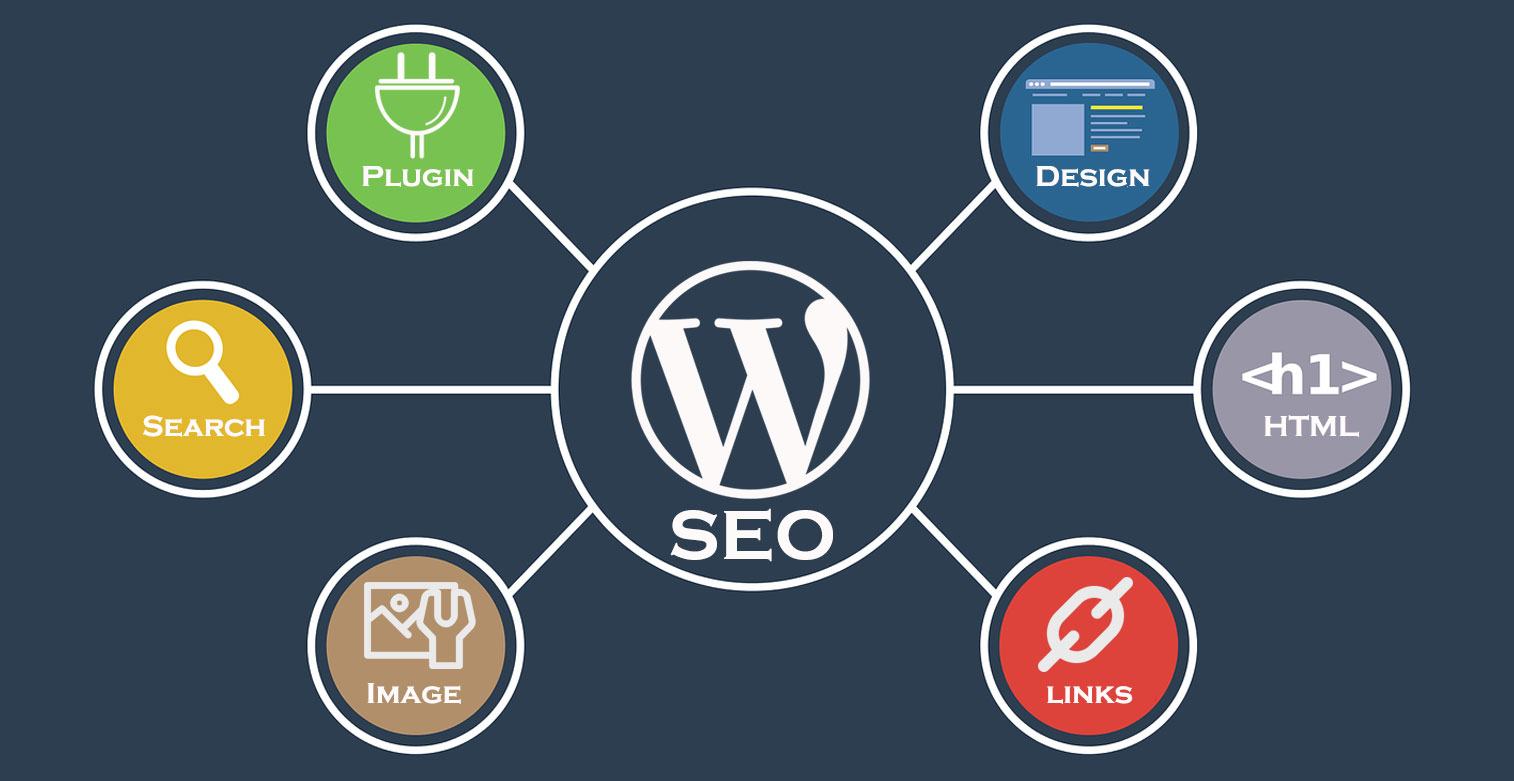Viva Resa: Your Gateway to Insightful Living
Discover news, trends, and tips for a vibrant lifestyle.
WordPress SEO: Where Keywords Go to Party
Unlock the secrets of WordPress SEO and discover how to make your keywords the life of the party! Boost your traffic today!
The Ultimate Guide to Keyword Placement in WordPress SEO
When it comes to WordPress SEO, keyword placement is crucial for improving your site's visibility in search engine results. Properly positioning your keywords helps search engines understand the context of your content, making it easier for users to find what they're looking for. To start, incorporate your primary keyword in key areas such as the title tag, meta description, and the first paragraph of your content. Additionally, using variations of your keywords throughout your content can enhance your SEO effectiveness without appearing spammy.
In addition to the aforementioned areas, consider using keyword placement in headings and subheadings (H2, H3, etc.) to structure your content. This not only aids search engines in categorizing your information but also enhances user experience by making your content more scannable. Lastly, don’t forget about the importance of images; optimizing image alt tags with relevant keywords can further increase your chances of being discovered through image searches. By strategically implementing these techniques, you can significantly boost your WordPress site's SEO performance.

Common Mistakes to Avoid When Optimizing Keywords in WordPress
When optimizing keywords in WordPress, one of the common mistakes to avoid is keyword stuffing. This practice, which involves overloading a page with keywords in an attempt to manipulate search engine rankings, can lead to a poor user experience and potential penalties from search engines. Instead, focus on integrating your keywords naturally throughout your content. Use them in titles, headings, and body text, while ensuring that the writing remains engaging and informative. Quality content should always take precedence over quantity.
Another mistake to watch out for is neglecting long-tail keywords. While short-tail keywords might attract a high volume of searches, they often come with fierce competition. Incorporating long-tail keywords—phrases that are more specific and usually longer—can draw more targeted traffic and improve your chances of ranking higher in search results. For example, instead of just using 'SEO', consider using 'best SEO practices for WordPress bloggers'. This approach not only helps in capturing a niche audience but also aligns with user search intent.
How to Use Keywords Effectively in Your WordPress Content
To effectively use keywords in your WordPress content, start by conducting thorough keyword research. Identify relevant keywords that your target audience is likely to search for using tools like Google Keyword Planner or Ahrefs. Once you have a list of potential keywords, prioritize them based on search volume and competition. Implement these keywords naturally throughout your content, especially in the title, headings, and the first 100 words. This strategic placement boosts your content's visibility in search engine results.
In addition to initial placement, it’s essential to utilize your keywords in various parts of your WordPress post. For instance, include them in image alt text, meta descriptions, and URL slugs. You can create a checklist to ensure every new post adheres to your keyword strategy:
- Keyword in the title
- Use in headers and subheaders
- Incorporate in the first paragraph
- Include in alt text for images
- Natural integration throughout the content
Finally, monitor your content's performance and adjust accordingly, as SEO is an ongoing process.